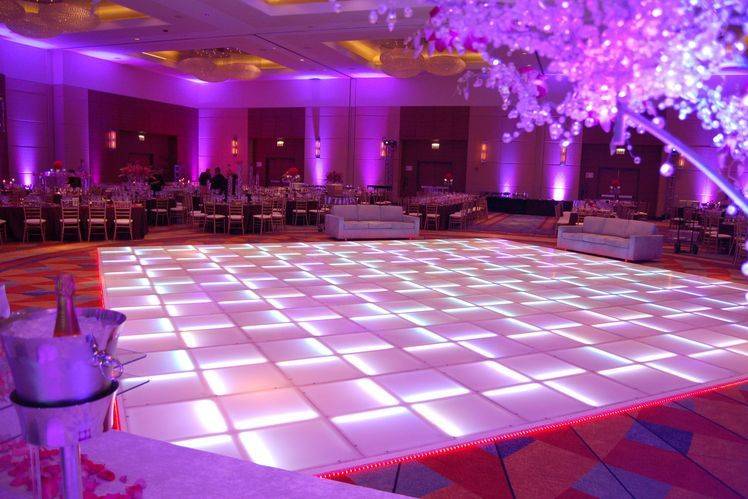Illuminating Innovation Via Shade Theory within Illuminated Dancing Platform Designs
Illuminating Innovation Via Shade Theory within Illuminated Dancing Platform Designs
Blog Article
Color concept represents an important element of design, especially when it comes to designing LED dancing floors. The interaction of colors can greatly affect the mood and vibe of a space. By understanding how hues work together, designers can create an ambiance that improves the overall experience for participants. This piece explores the fundamentals of color principles and its application in light-emitting diode dance surface layouts.
The primary hues are red, azure, and yellow. These colors cannot be made by blending other colors combined. Secondary colors, such as green, orange, and purple, are created by mixing main colors. Tertiary colors are formed by combining a main hue with a intermediate hue. Grasping these basic connections helps creators select hues that enhance one another and create a visually pleasing display. Combining these colors on an LED dancing surface can result to vibrant and exciting effects that capture the focus of participants.
Hue value also holds a crucial role in design. Hues can be classified as hot or chill. Hot hues, such as crimson, tangerine, and yellow, tend to elicit emotions of enthusiasm and heat. In opposition, cool colors like blue, emerald, and violet typically create a calm and soothing atmosphere. Designers can use these color values to establish the ambiance for various types of events. For example, a celebration atmosphere may gain from hot hues that energize the audience, while a more calm event might employ chill hues to provide a soothing effect.
In furthermore to hue pairings and value, luminosity and saturation are essential factors to take into account. Brightness refers to how light or dim a hue appears, while saturation measures the intensity of a color. Bright, intense hues can create a lively and lively environment, perfect for dance surfaces. On the other hand, softer, lower intense colors can create a further subdued atmosphere. By adjusting luminosity and saturation, designers can attract attention to particular sections of the dancing surface or establish visual pathways, leading participants through the venue.
Finally, it is crucial to take into account the psychological impacts of hue in LED dance floor designs. Various advice hues can elicit various emotions and reactions. For instance, red is often linked with zeal and energy, try these out while azure can be soothing and tranquil. Understanding these associations enables creators to tactically apply hues to affect the behavior of participants. By integrating hue theory into LED dance surface layouts, designers can enhance the overall encounter, rendering it memorable and enjoyable for all involved.